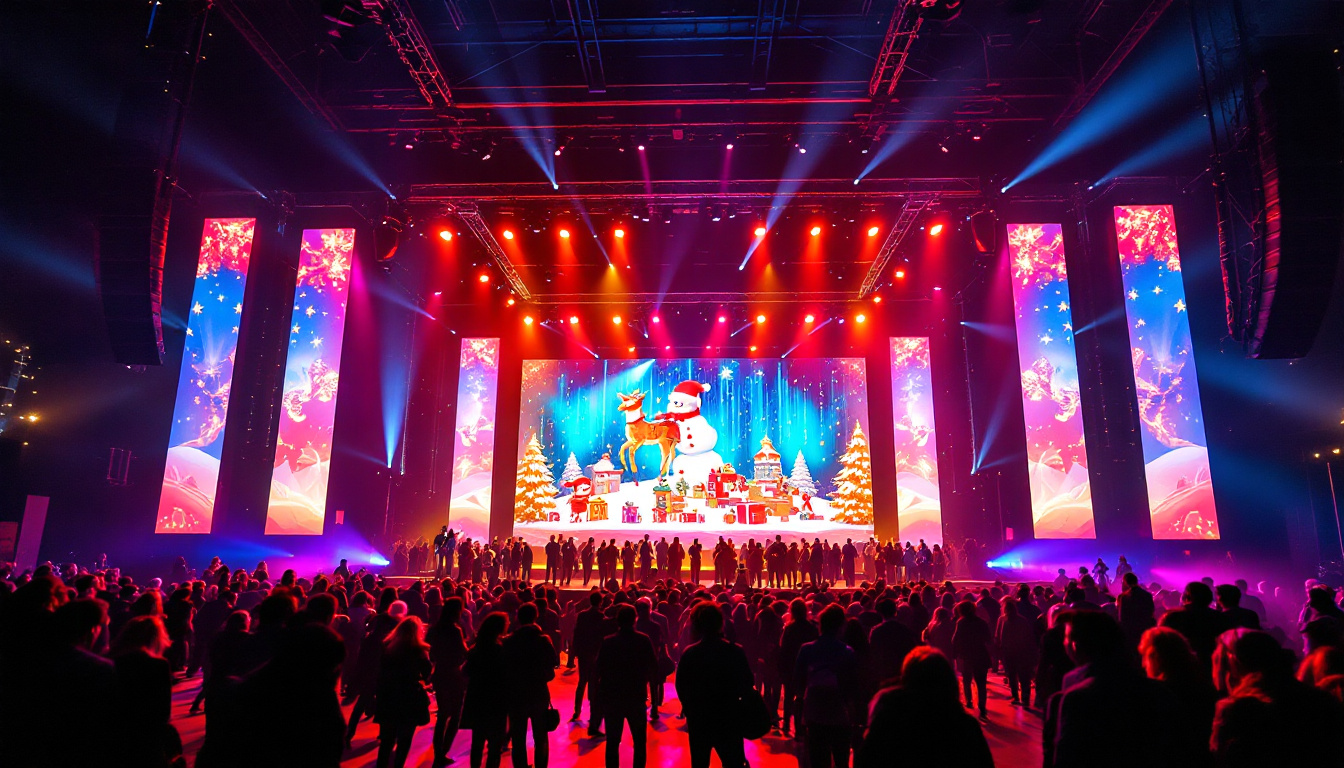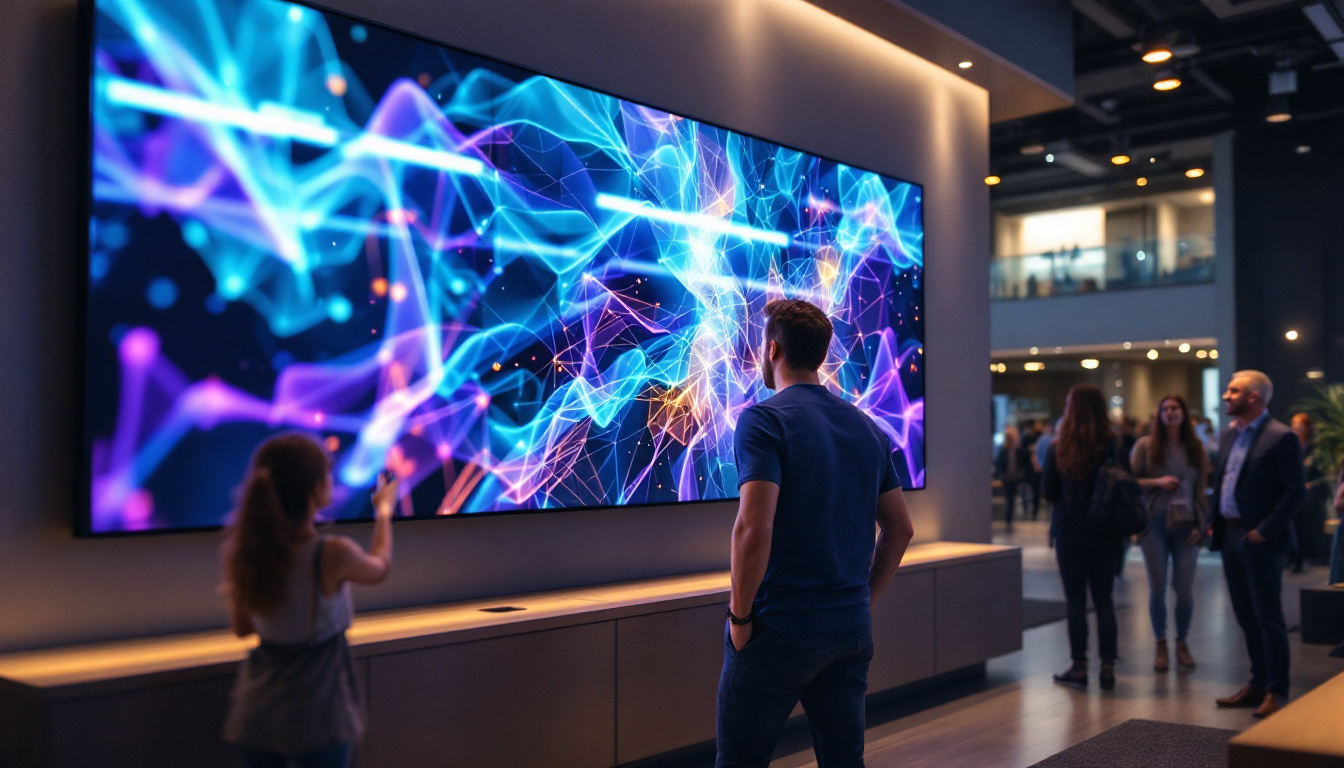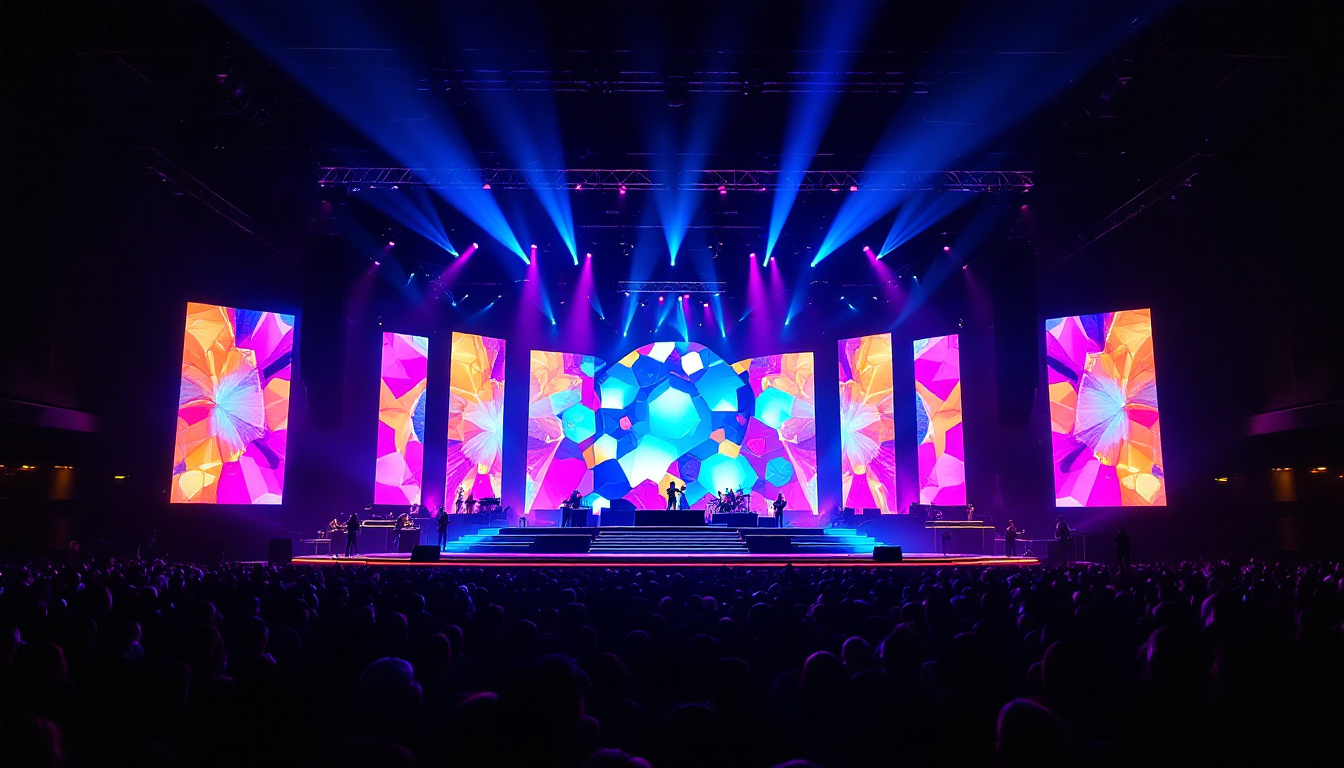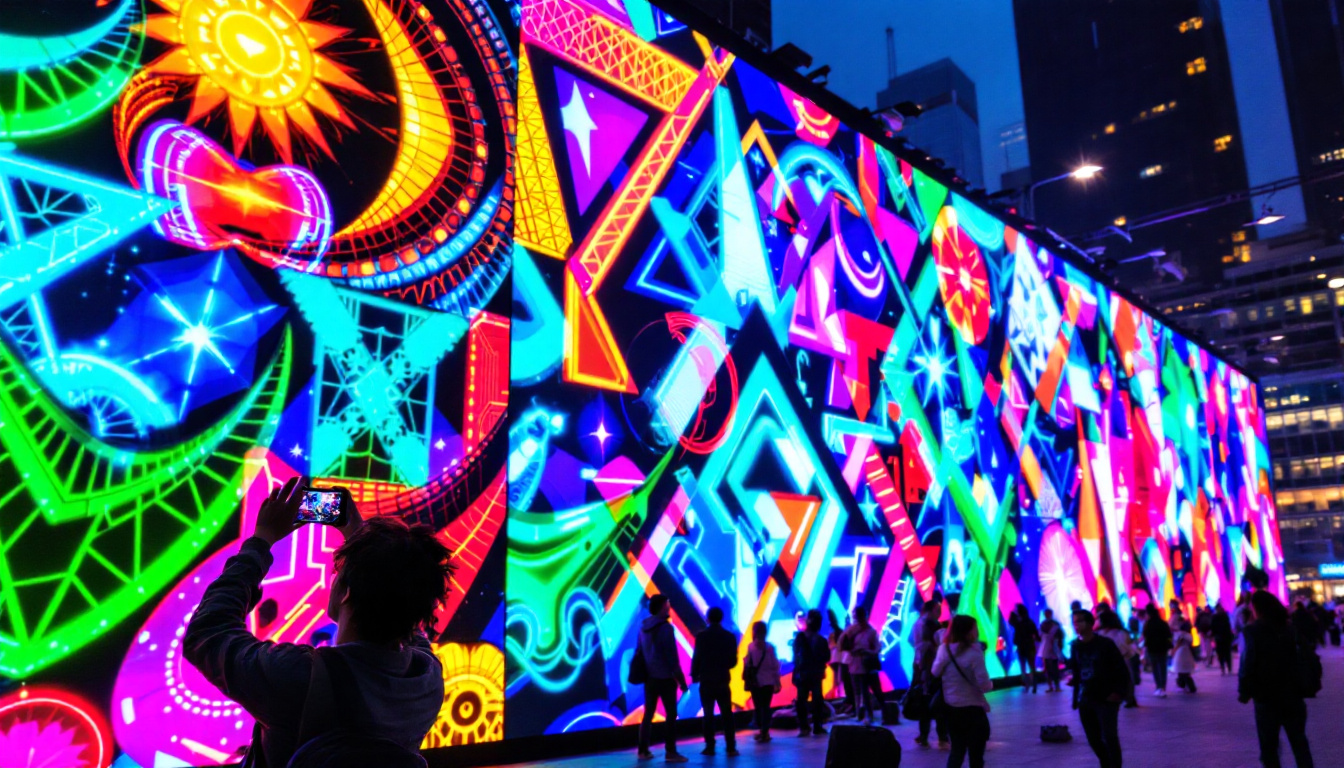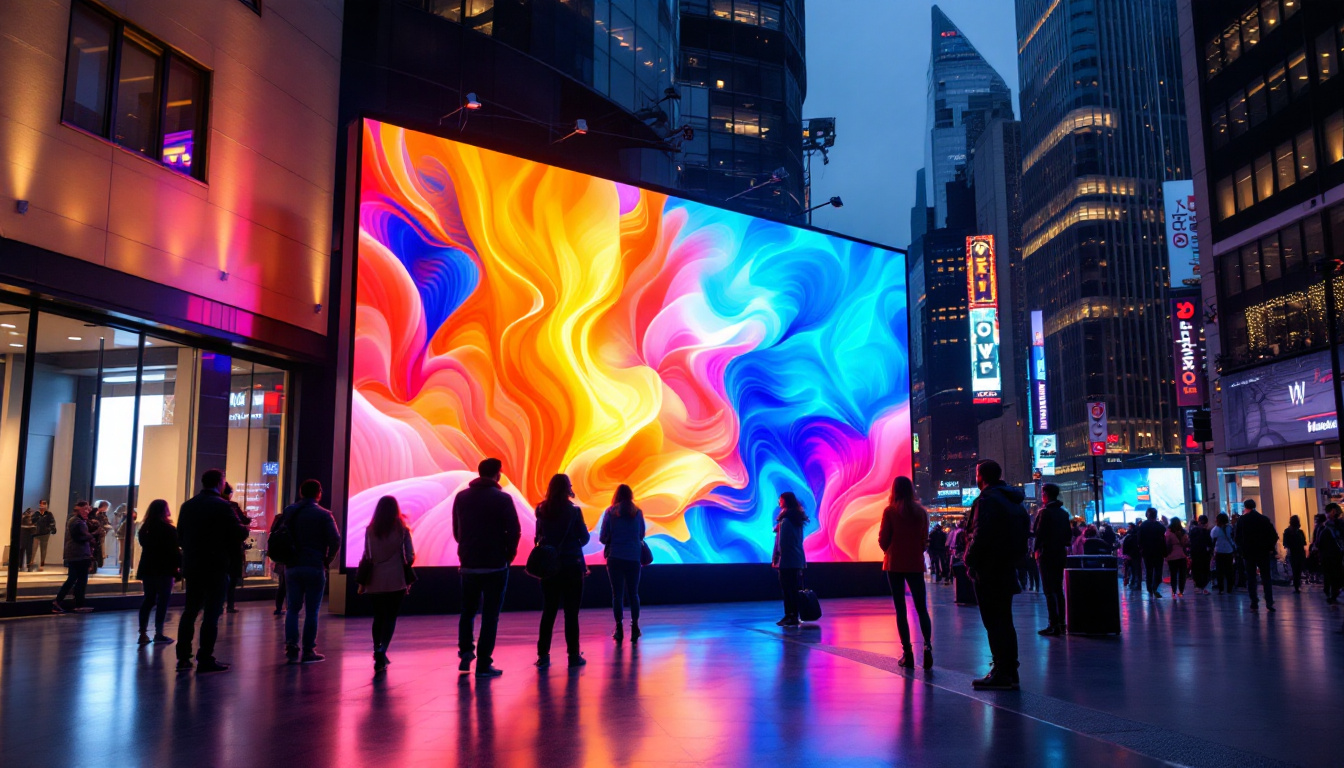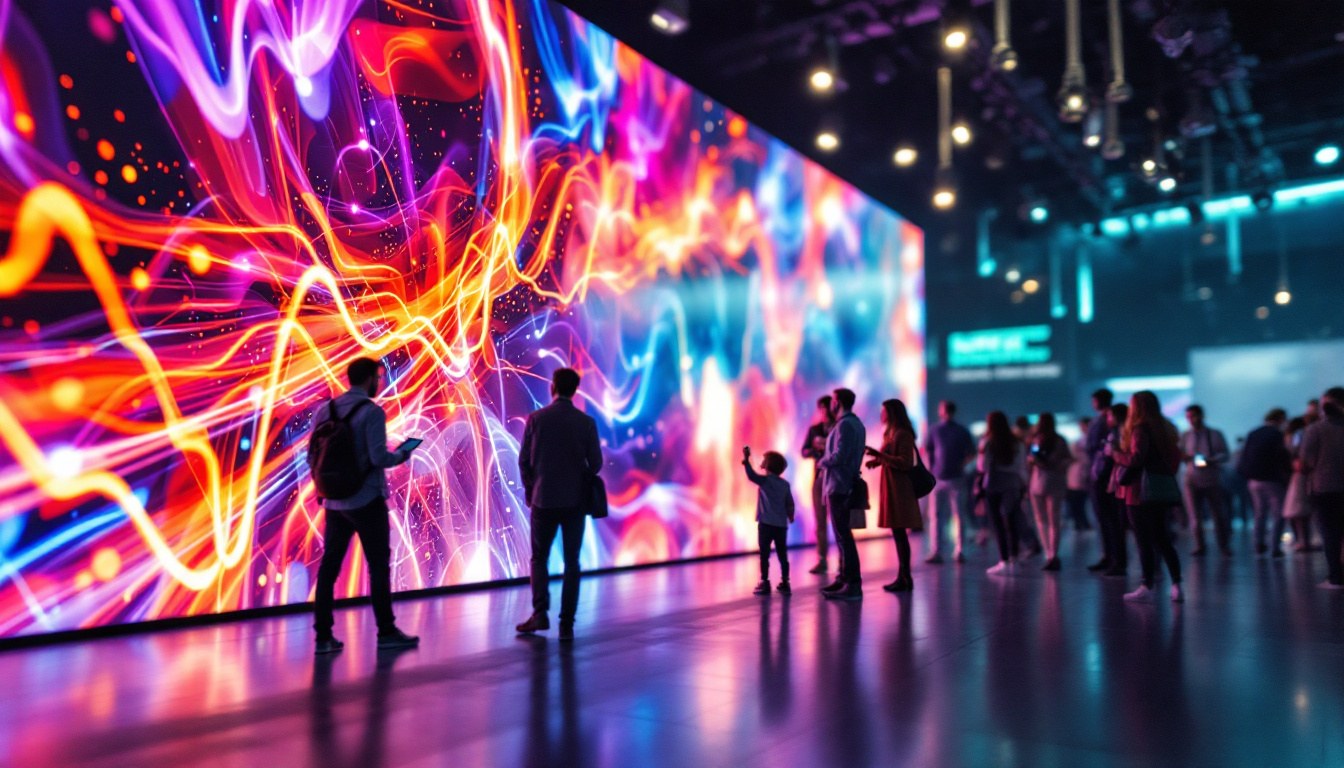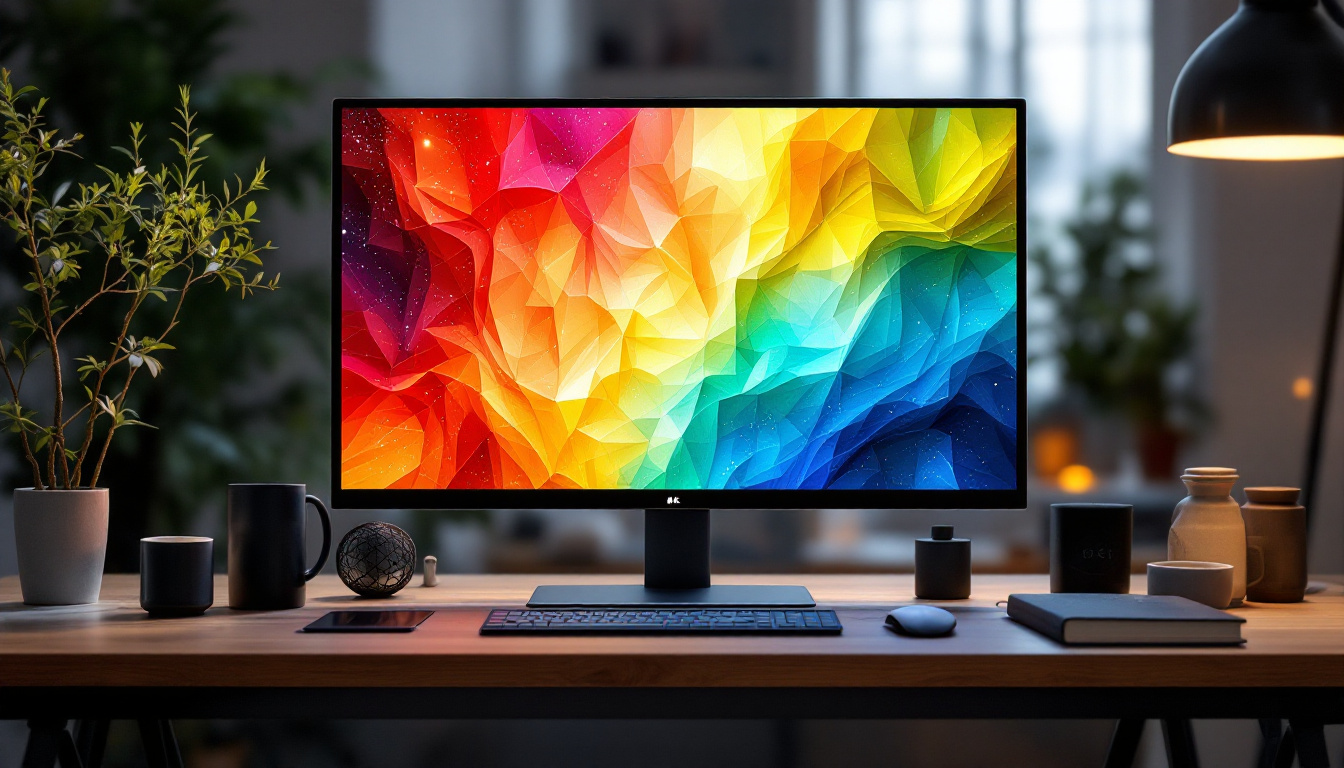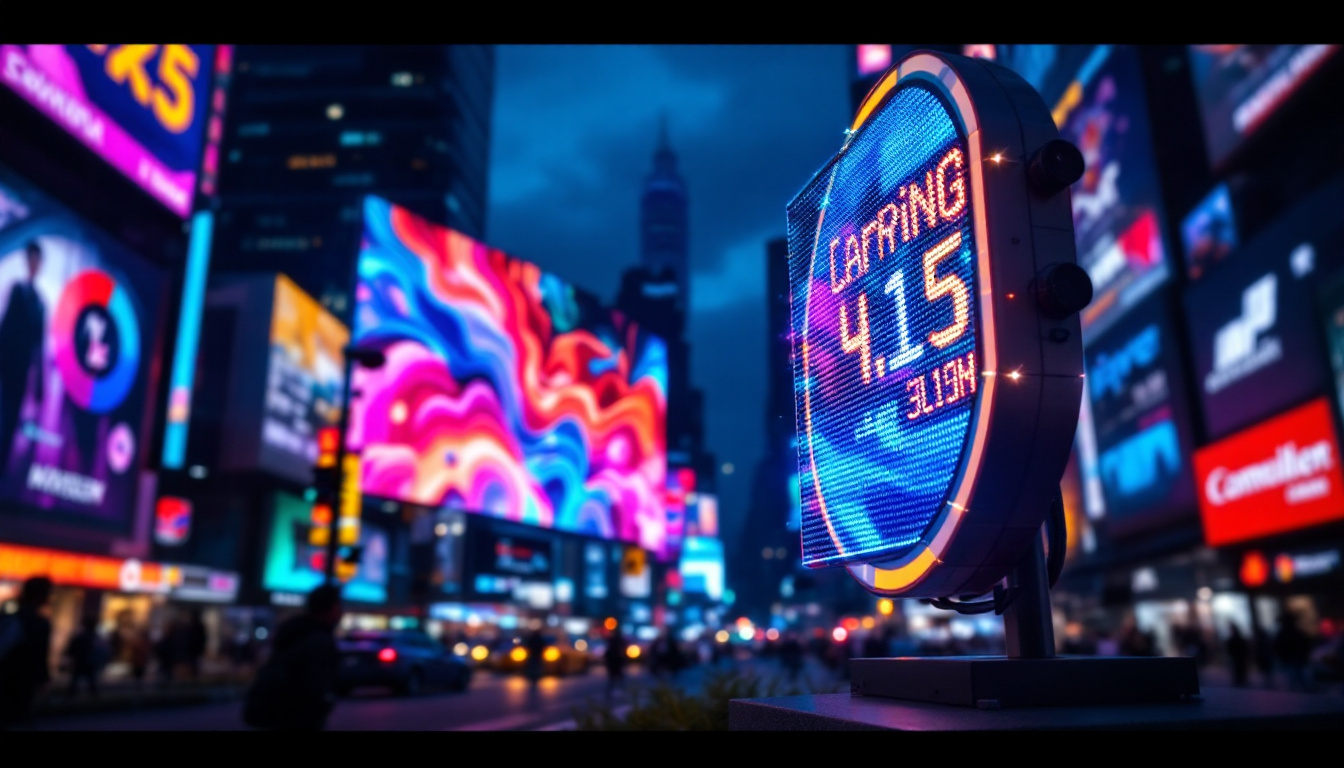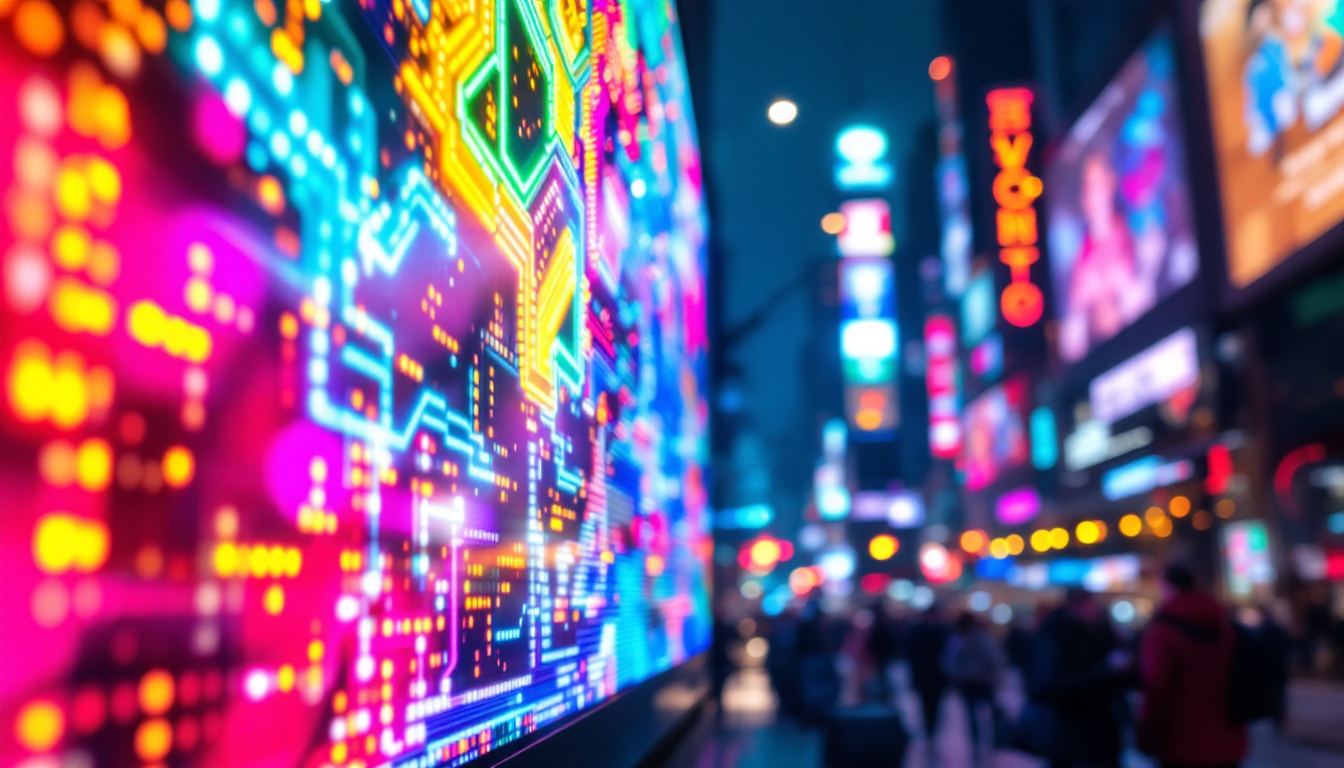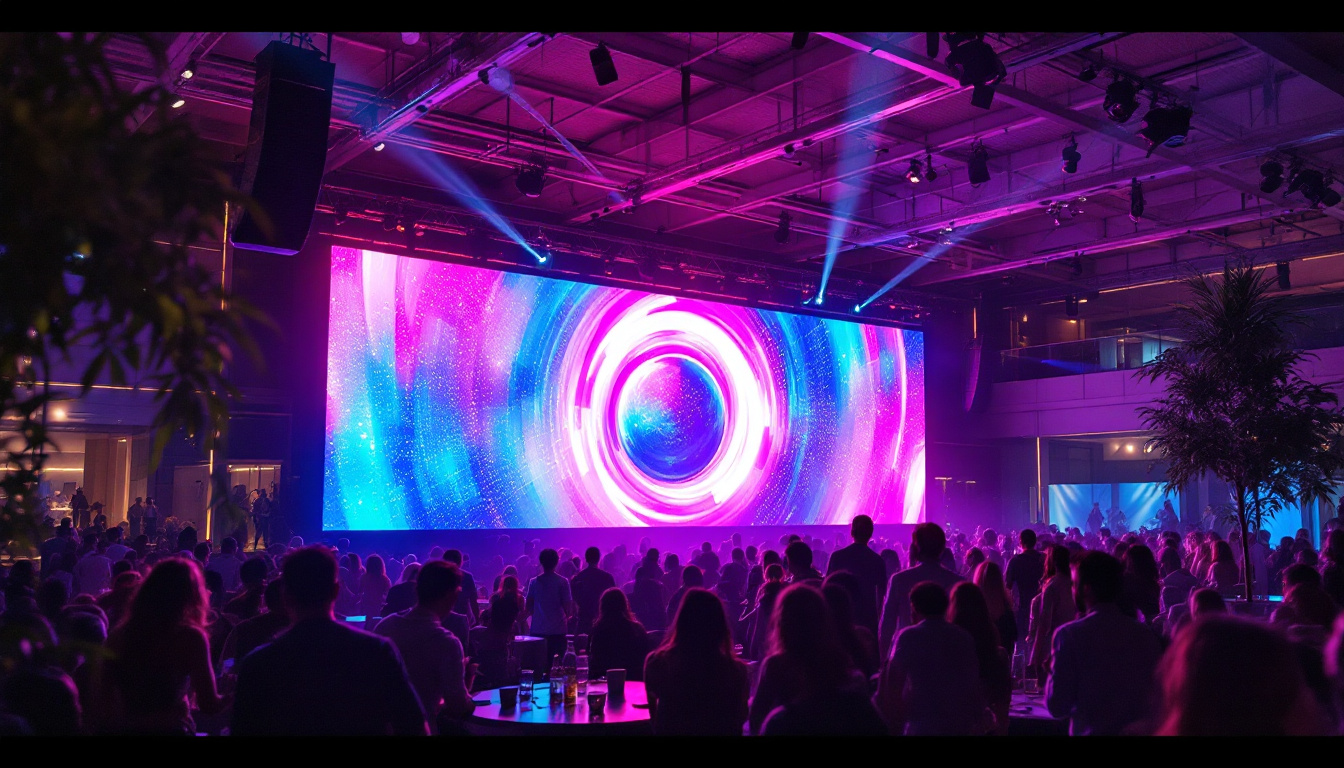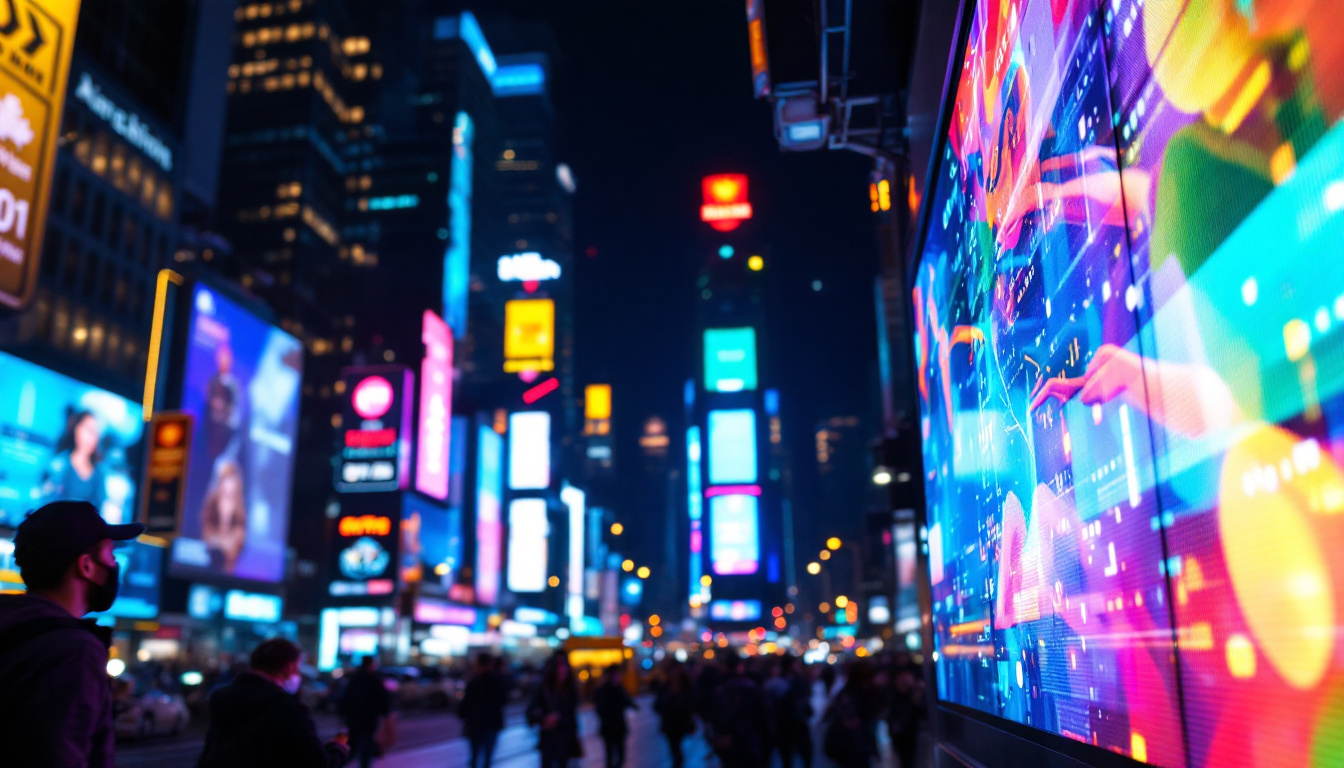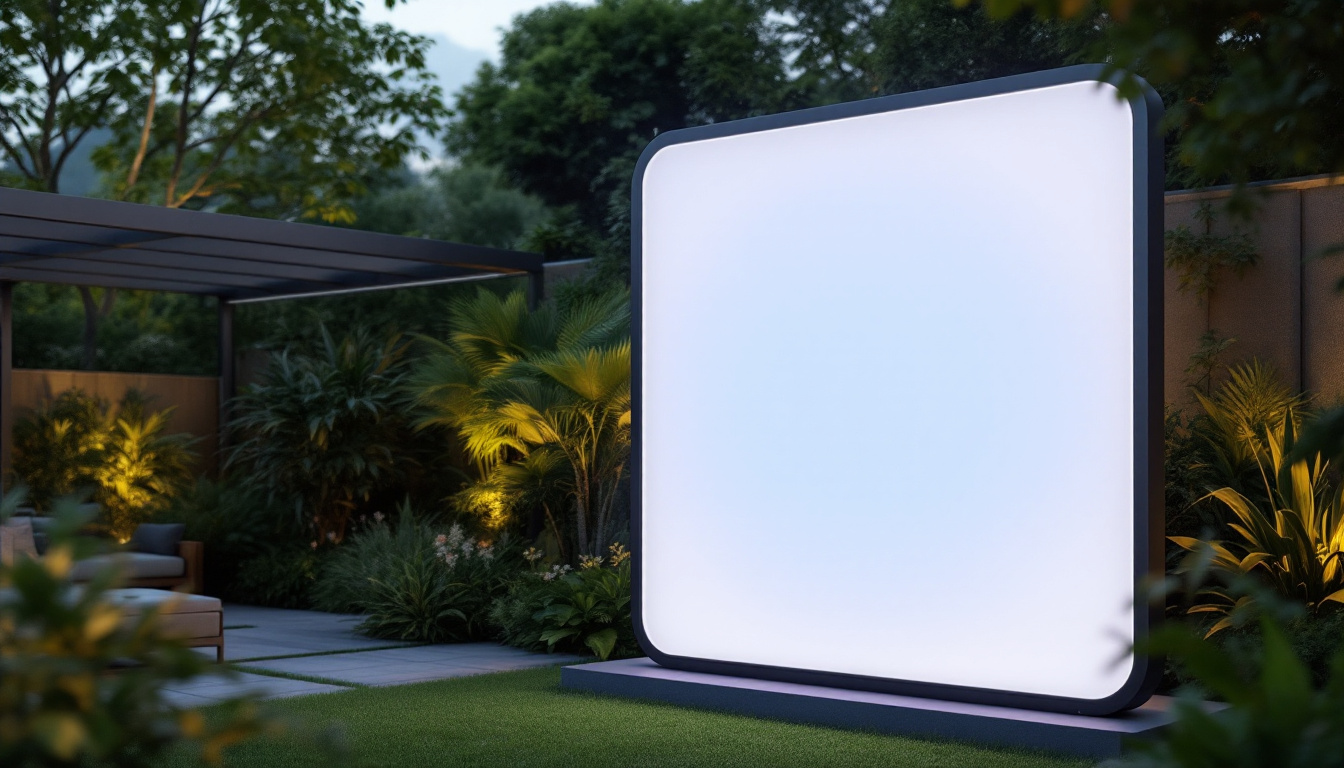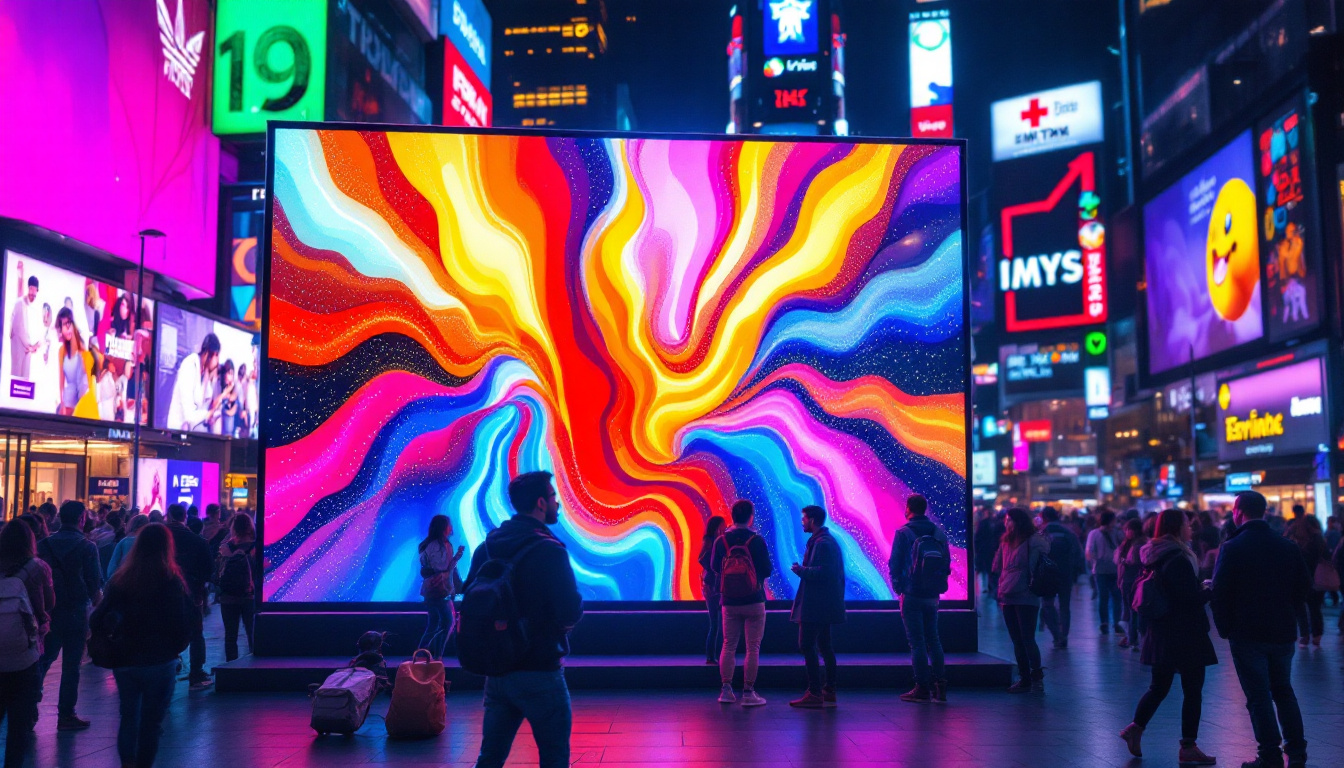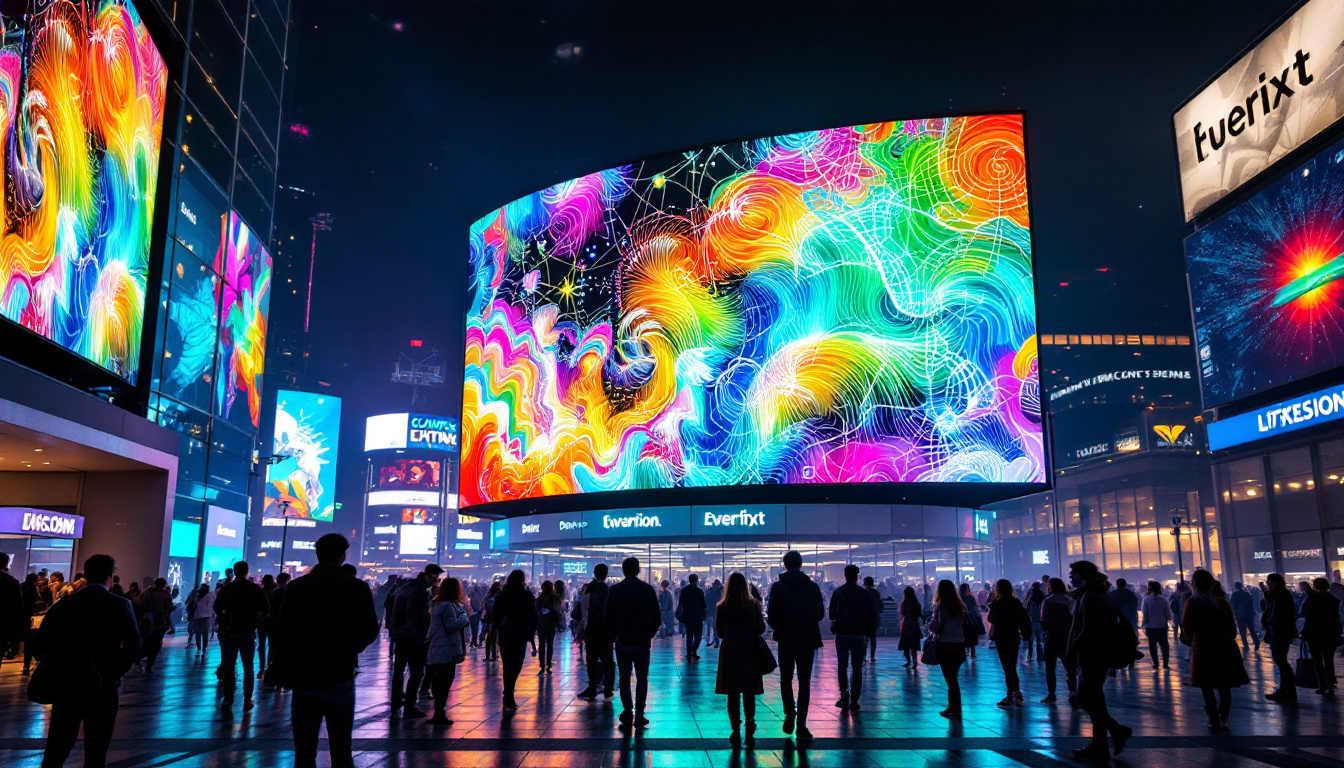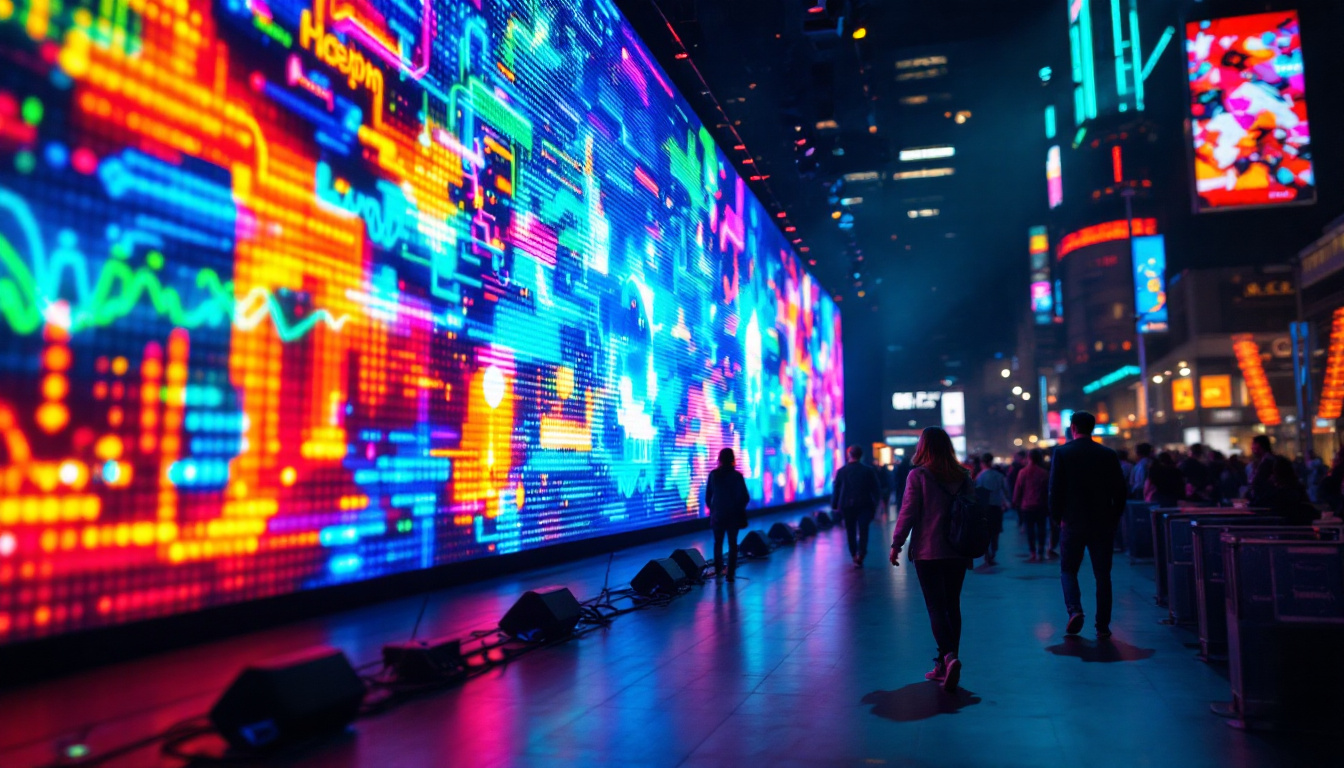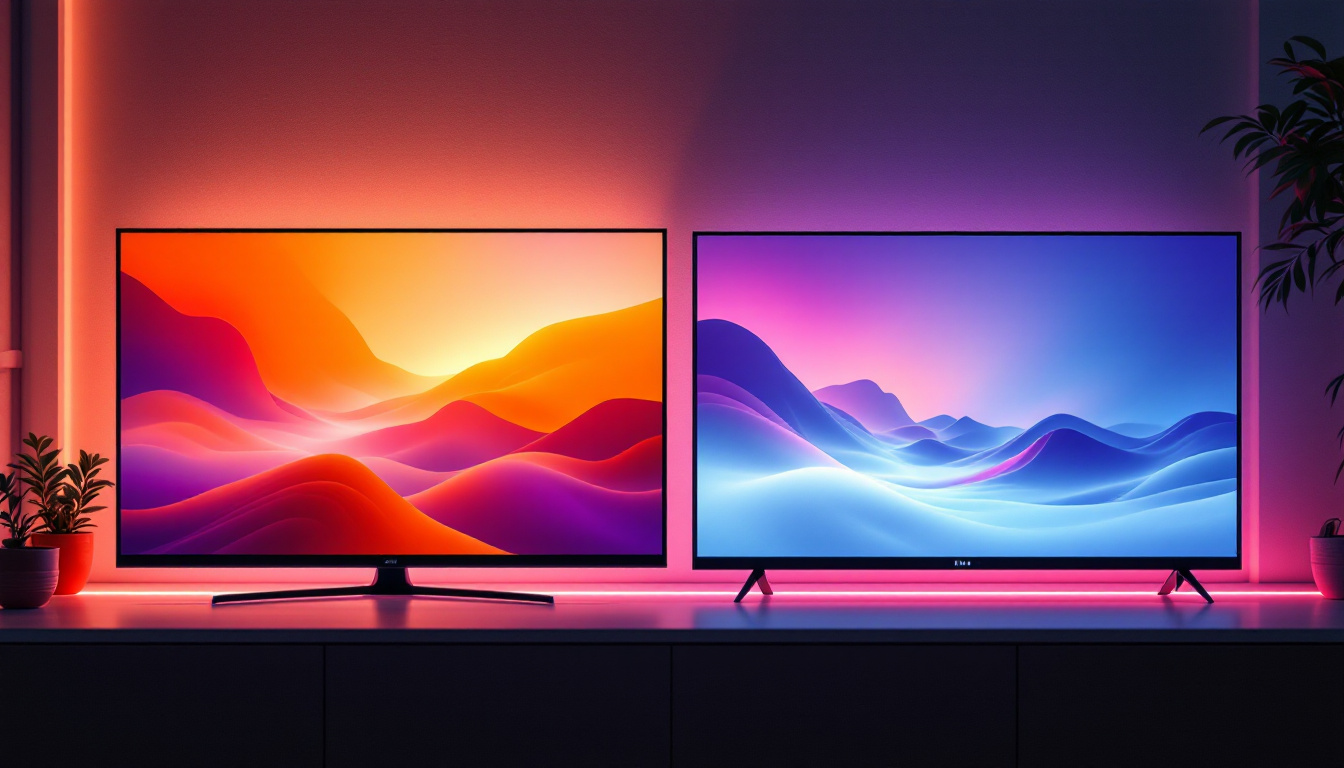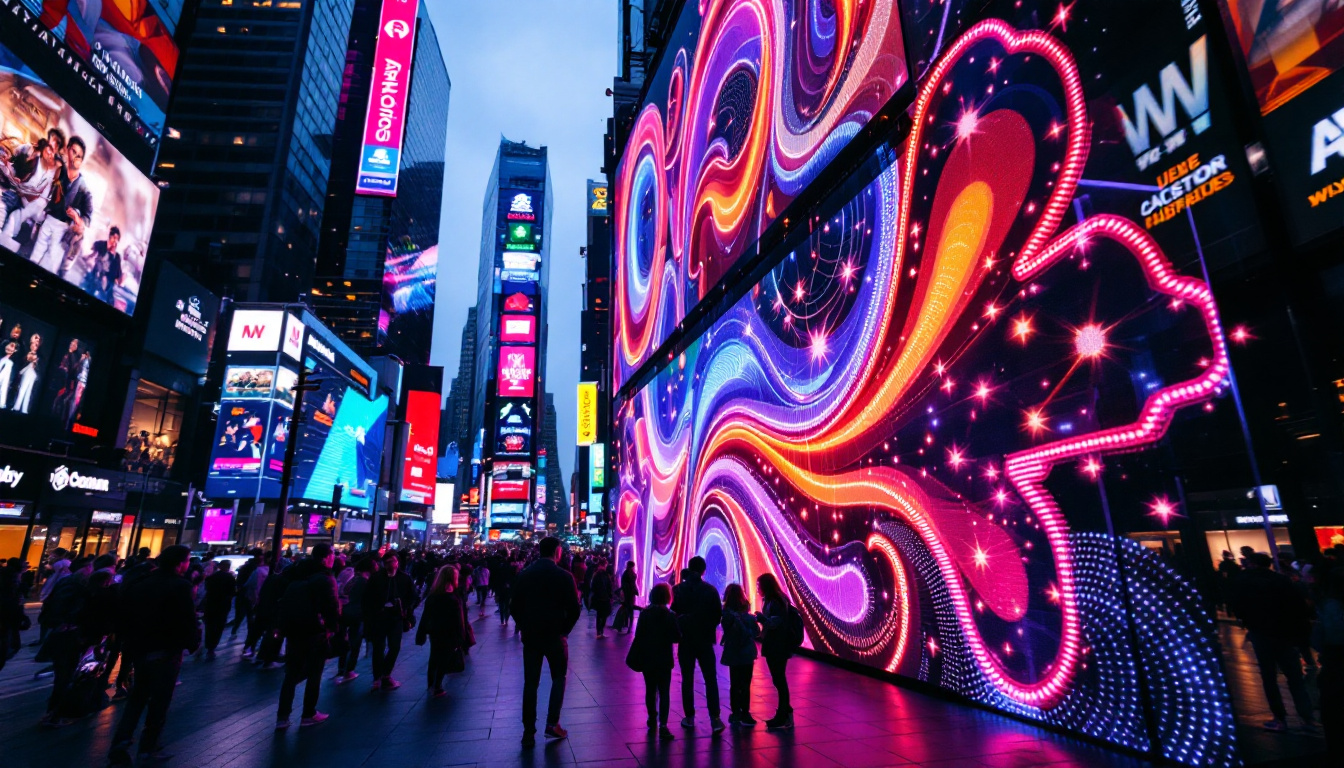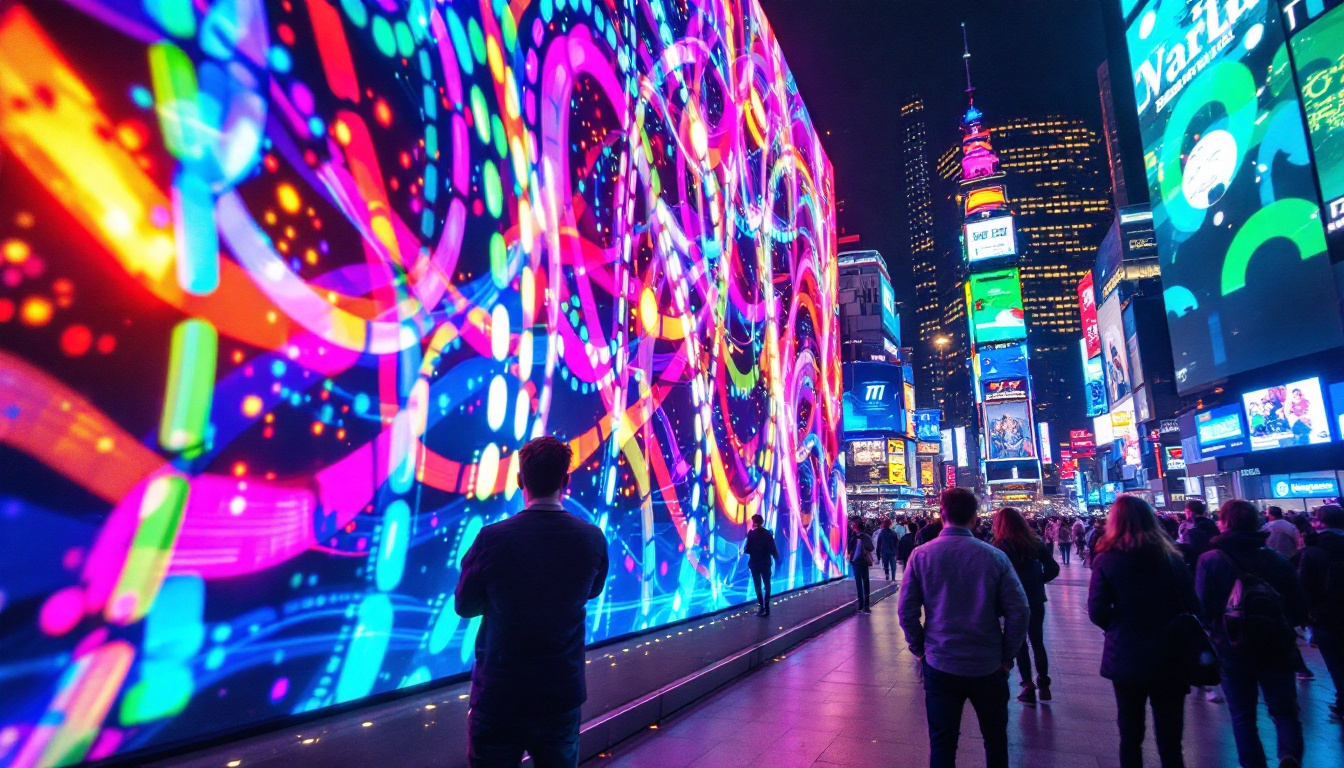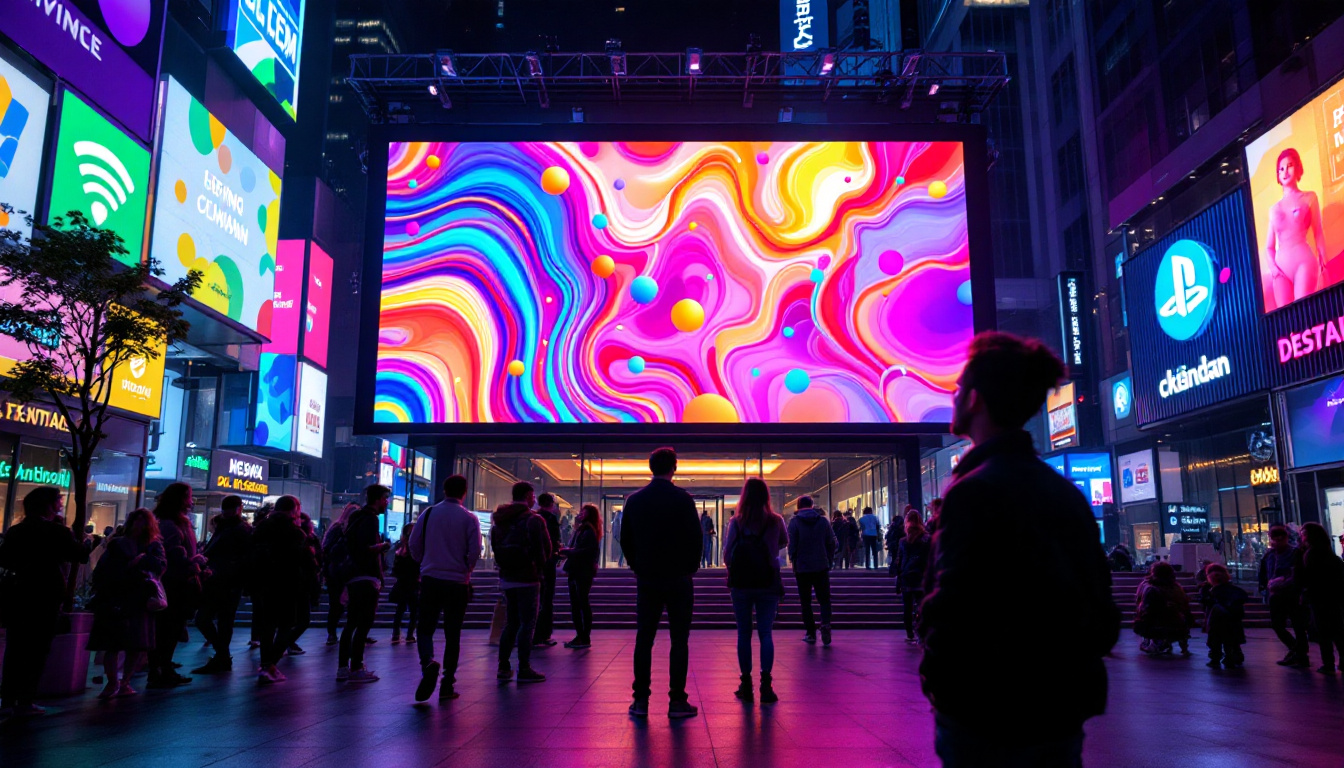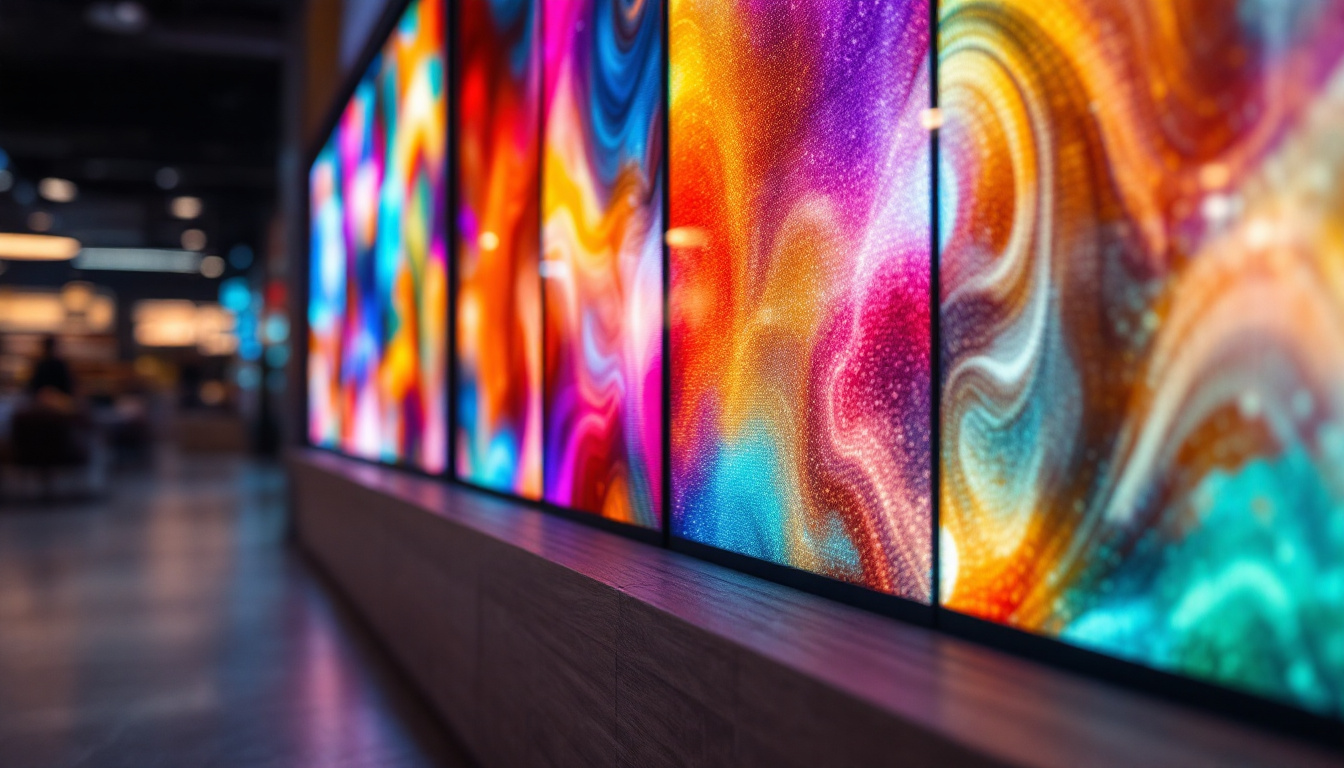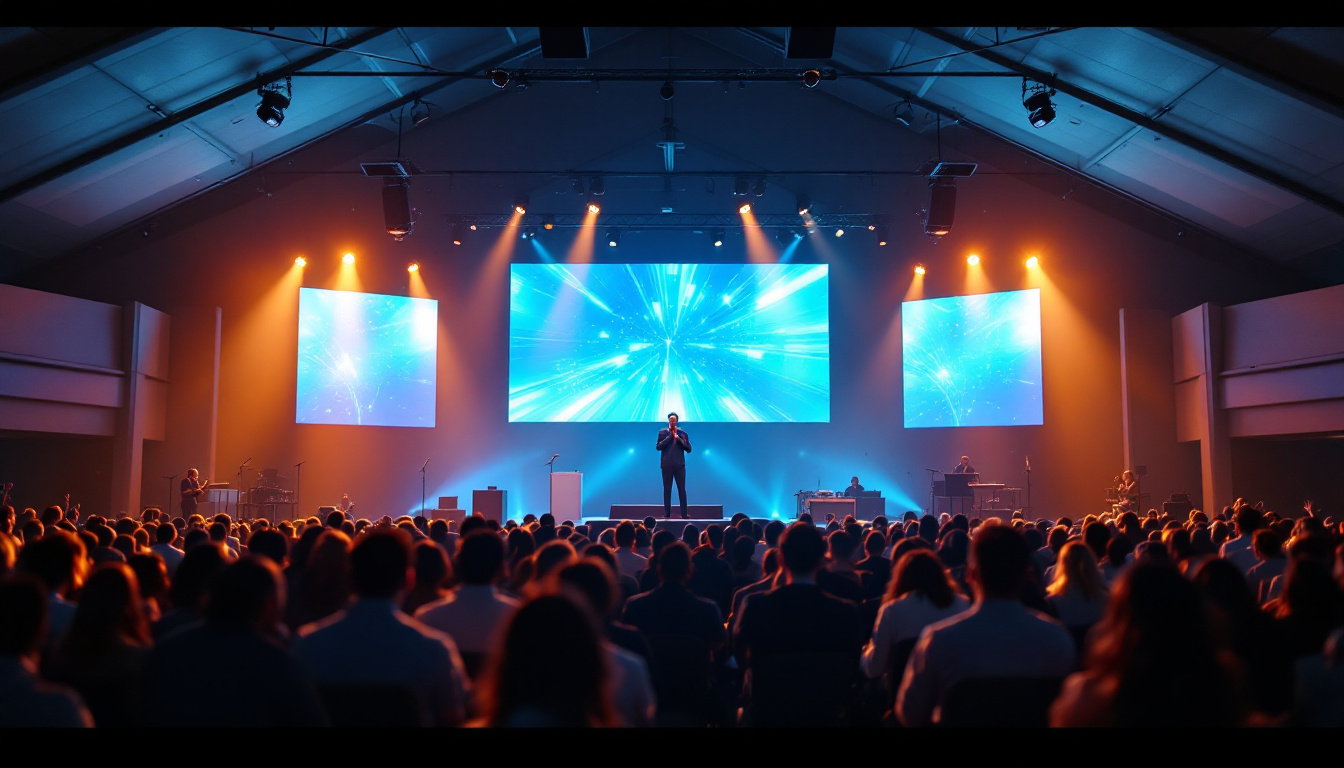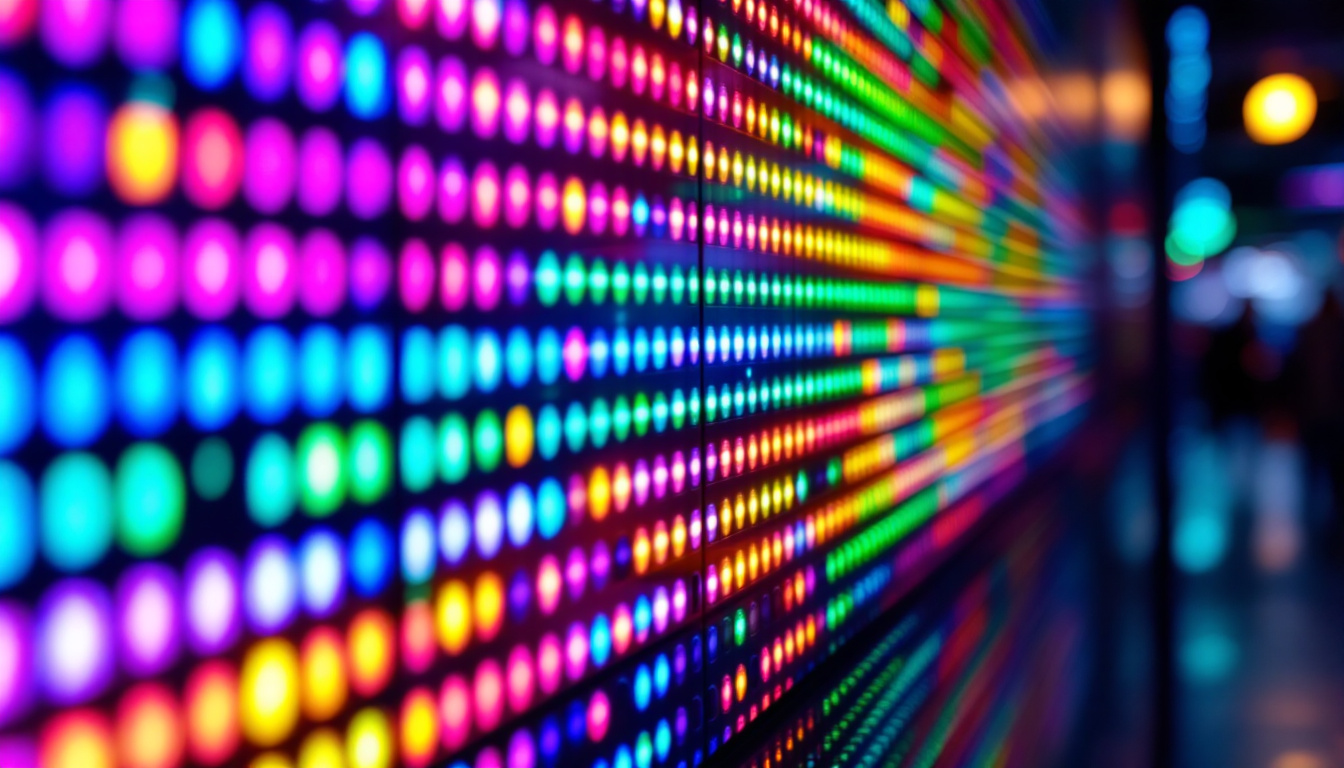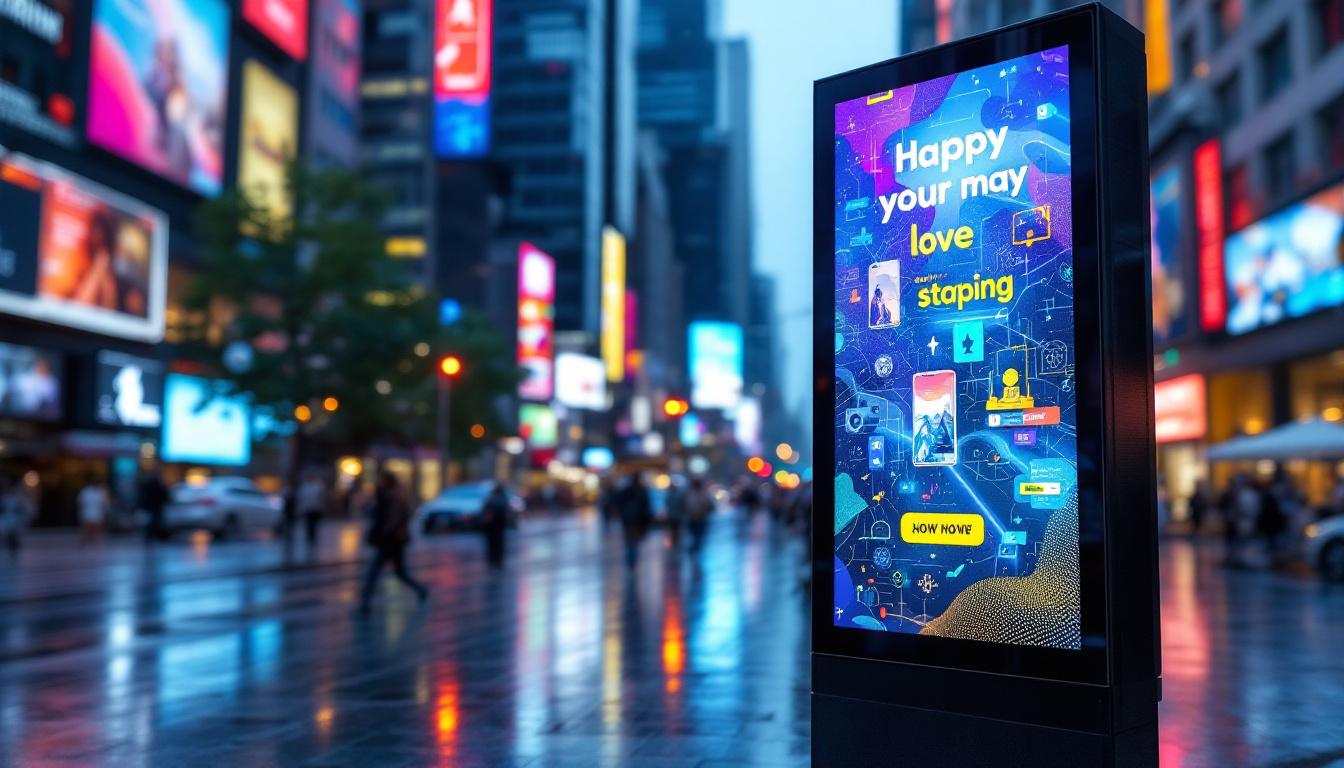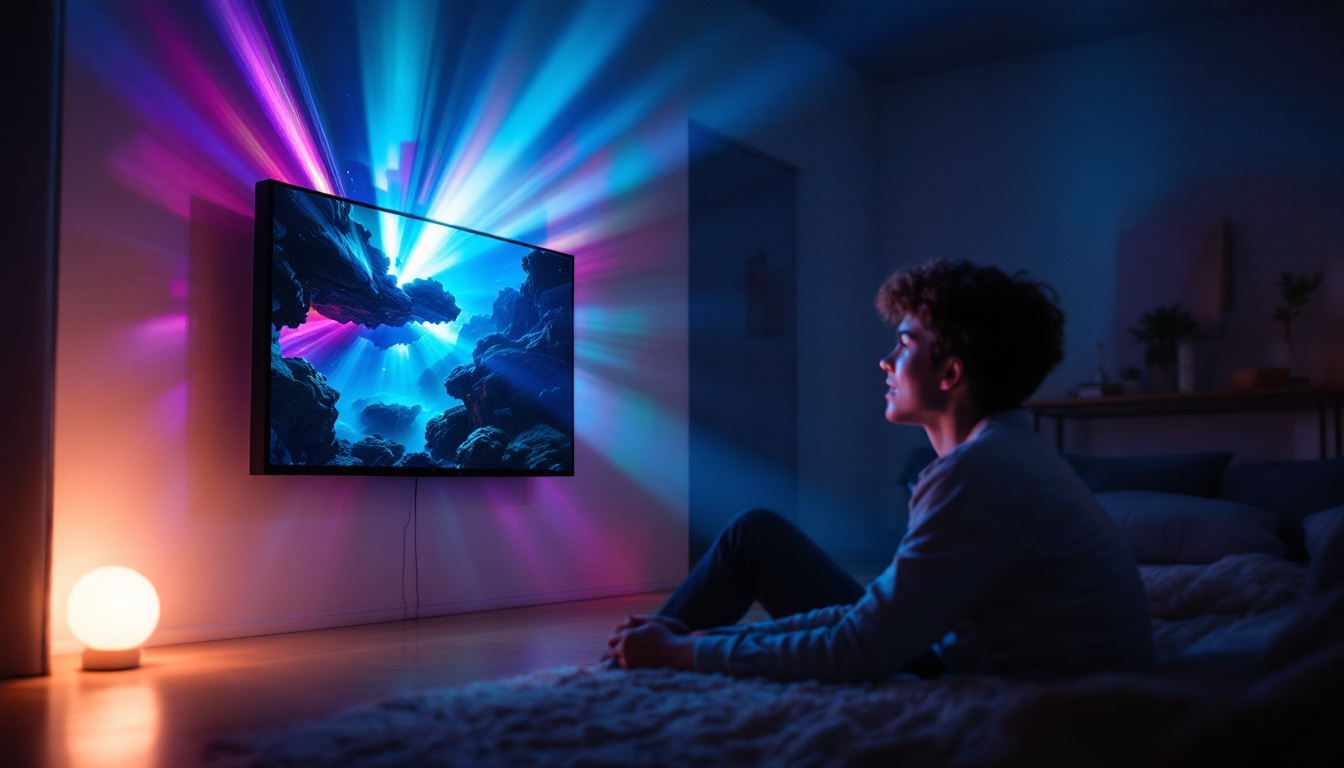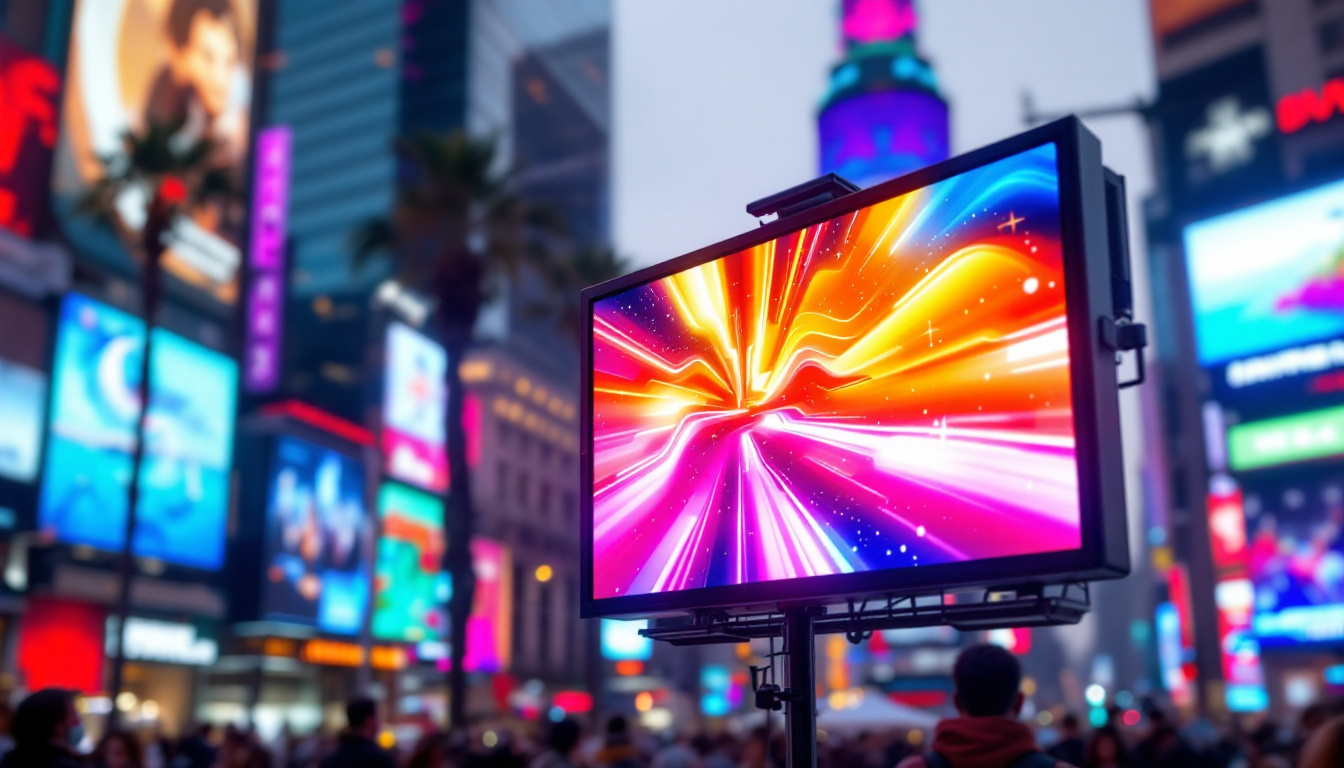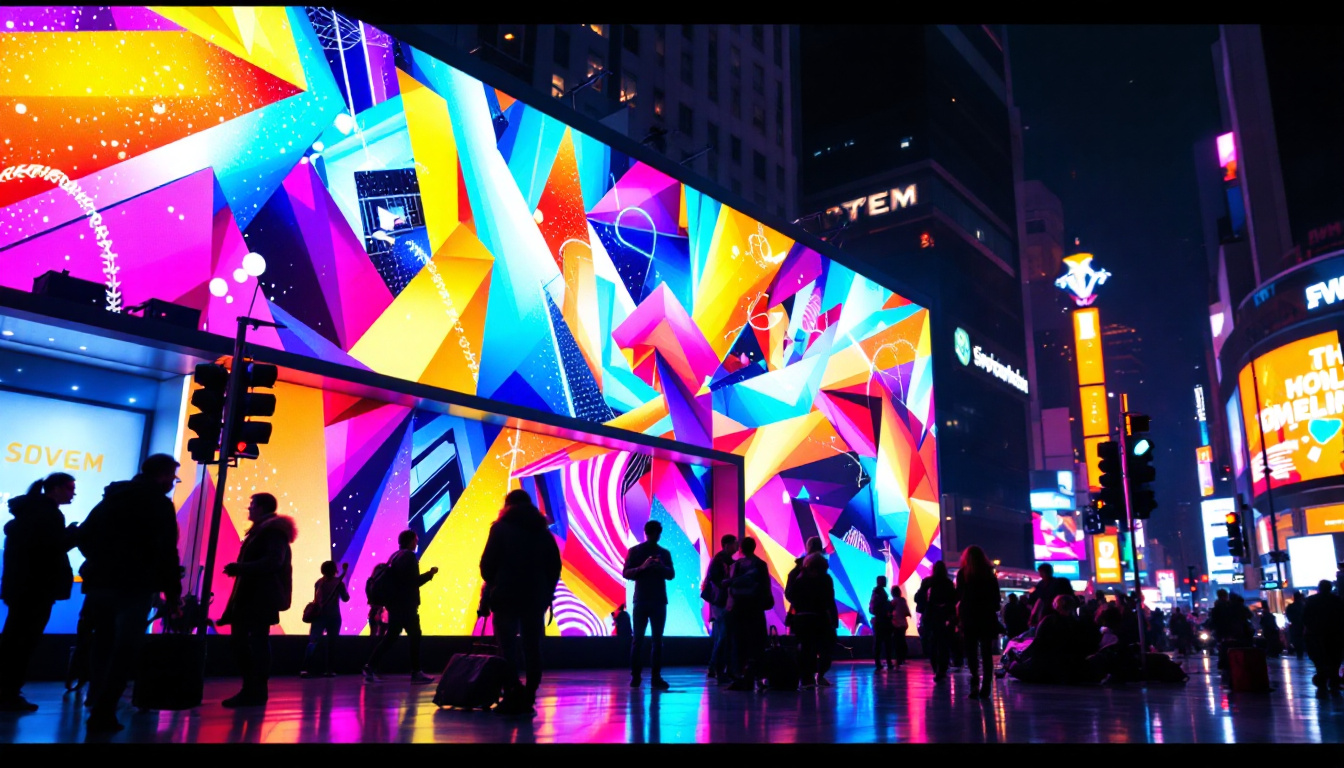As the festive season approaches, the art of stage design takes on a magical quality, transforming ordinary spaces into enchanting winter wonderlands. One of the most captivating elements of modern stage design is the use of LED displays. These vibrant screens not only enhance the visual appeal of Christmas events but also offer a myriad of possibilities for creativity and storytelling. This article delves into the intricacies of LED displays in Xmas stage design, exploring their benefits, applications, and the technology behind them.
The Importance of LED Displays in Stage Design
LED displays have revolutionized the way events are staged, providing a dynamic backdrop that can adapt to various themes and moods. Their importance in stage design, especially during the festive season, cannot be overstated.
Visual Impact
One of the most compelling reasons for incorporating LED displays into stage design is their visual impact. These screens can showcase vibrant colors, intricate animations, and high-definition images that captivate audiences. During Christmas events, they can display festive graphics, such as snowflakes, twinkling lights, and holiday messages, creating an immersive atmosphere that enhances the overall experience.
Moreover, the ability to change visuals in real-time allows for seamless transitions between different segments of a performance. This flexibility ensures that the stage remains engaging throughout the event, keeping the audience’s attention fixed on the unfolding spectacle.
Versatility and Customization
LED displays offer unparalleled versatility, making them suitable for a wide range of applications. From concerts and theatrical performances to corporate events and community celebrations, these screens can be tailored to fit any stage design. Designers can choose from various sizes, shapes, and configurations, allowing for creative freedom in how they are integrated into the overall aesthetic.
Furthermore, the content displayed on LED screens can be customized to align with the theme of the event. For Christmas, designers can incorporate traditional imagery, such as Christmas trees and ornaments, or opt for more modern interpretations, such as abstract designs or animated characters. This level of customization ensures that each event feels unique and memorable.
Types of LED Displays
Understanding the different types of LED displays available can help designers make informed decisions about which technology best suits their stage design needs. Each type has its own set of features and advantages.
Indoor LED Displays
Indoor LED displays are designed for use in enclosed spaces, such as theaters, auditoriums, and event halls. These screens typically have a higher pixel density, resulting in sharper images and finer details. This makes them ideal for close-up viewing, ensuring that every audience member can appreciate the visuals, no matter where they are seated.
During Christmas events, indoor LED displays can be used to create stunning backdrops for performances, as well as interactive elements that engage the audience. For example, a live performance could be enhanced with animated visuals that respond to the music, creating a cohesive and immersive experience.
Outdoor LED Displays
Outdoor LED displays are built to withstand the elements, making them suitable for festivals, parades, and open-air concerts. These screens are typically larger and have a lower pixel density than indoor displays, allowing for visibility from greater distances. This is particularly important for outdoor events where the audience may be spread out over a wide area.
For Christmas celebrations, outdoor LED displays can be used to create eye-catching installations, such as large holiday greeting messages or festive animations that can be seen from afar. Their brightness and durability ensure that the visuals remain vibrant, even in daylight or adverse weather conditions.
Technology Behind LED Displays
The technology that powers LED displays is a fascinating blend of engineering and artistry. Understanding how these displays work can provide insight into their capabilities and potential applications in stage design.
LED Technology Basics
LED stands for Light Emitting Diode, a semiconductor device that emits light when an electric current passes through it. In LED displays, thousands of these diodes are arranged in a grid to create pixels. Each pixel is made up of red, green, and blue (RGB) diodes, which can be combined in various intensities to produce a wide spectrum of colors.
This RGB color mixing is what allows LED displays to produce vibrant and dynamic visuals. By adjusting the intensity of each diode, designers can create everything from subtle gradients to bold, eye-catching animations. This flexibility is particularly valuable during Christmas events, where colorful displays can evoke the festive spirit.
Control Systems
The control systems that manage LED displays are equally important. These systems allow designers to upload content, manage playback, and synchronize visuals with audio or live performances. Advanced control systems can even enable real-time adjustments, allowing for spontaneous creativity during an event.
Many modern LED displays are compatible with software that facilitates easy content creation and management. This means that designers can experiment with different visuals and effects, ensuring that the final product aligns perfectly with their vision for the event.
Benefits of Using LED Displays for Christmas Events
The integration of LED displays into Christmas stage design offers numerous benefits that enhance both the aesthetic appeal and the overall experience of the event.
Energy Efficiency
One of the standout advantages of LED technology is its energy efficiency. Compared to traditional lighting and display options, LED displays consume significantly less power. This not only reduces the environmental impact of events but also lowers operational costs, making it a more sustainable choice for organizers.
During the festive season, when events are abundant, the cumulative energy savings can be substantial. This efficiency allows event planners to allocate resources to other areas, such as enhancing the overall production quality or investing in additional creative elements.
Durability and Longevity
LED displays are known for their durability, making them a reliable choice for both indoor and outdoor events. Unlike traditional screens that may be prone to damage or wear, LED displays can withstand the rigors of transportation, setup, and extended use. This resilience is particularly beneficial during Christmas events, where multiple performances may occur over a short period.
Additionally, LED technology has a long lifespan, meaning that investment in these displays can pay off over time. With proper care and maintenance, LED screens can last for several years, making them a cost-effective solution for event organizers.
Creative Applications of LED Displays in Xmas Stage Design
When it comes to Christmas stage design, the potential applications of LED displays are limited only by the imagination. Here are some creative ways these displays can be utilized to elevate the festive experience.
Dynamic Backdrops
One of the most common uses of LED displays in stage design is as dynamic backdrops. By creating visually stunning backgrounds that change throughout a performance, designers can enhance the storytelling aspect of the event. For example, a Christmas play could feature a backdrop that transitions from a snowy landscape to a cozy fireplace scene, immersing the audience in the narrative.
These backdrops can also incorporate interactive elements, such as audience participation through mobile apps or social media. This level of engagement can make the event feel more personal and connected, fostering a sense of community among attendees.
Interactive Displays
Interactive LED displays can take audience engagement to the next level. By incorporating touch-sensitive technology or motion sensors, designers can create experiences that allow attendees to interact with the visuals. For instance, a Christmas market could feature an interactive display where visitors can “paint” the screen with virtual snowflakes or ornaments, creating a collaborative artwork that evolves throughout the event.
This interactivity not only enhances the festive atmosphere but also encourages social sharing, as attendees are likely to capture and share their experiences on social media platforms.
Challenges and Considerations
While the benefits of LED displays are numerous, there are also challenges and considerations that event planners must keep in mind when incorporating this technology into their stage design.
Cost Implications
One of the primary challenges associated with LED displays is the initial cost. High-quality LED screens can be a significant investment, particularly for large-scale events or productions. Event planners must carefully evaluate their budgets and consider the potential return on investment when deciding to incorporate LED technology.
However, it is essential to view this cost in the context of the overall production value that LED displays can bring. The enhanced visual appeal and audience engagement can lead to increased ticket sales and sponsorship opportunities, ultimately offsetting the initial expenditure.
Technical Expertise
Another consideration is the technical expertise required to operate and maintain LED displays. Event planners may need to hire specialized technicians who understand the intricacies of LED technology, from setup and calibration to troubleshooting and maintenance. This can add to the overall cost and complexity of the event.
To mitigate these challenges, it is advisable to work with experienced vendors who can provide guidance and support throughout the planning and execution phases. This collaboration can help ensure that the integration of LED displays is seamless and successful.
Conclusion
LED displays have become an integral part of modern stage design, particularly during the festive season. Their ability to create stunning visuals, enhance audience engagement, and provide versatility makes them a valuable asset for Christmas events. As technology continues to evolve, the possibilities for creative applications of LED displays are boundless.
By understanding the benefits, types, and technology behind LED displays, event planners can make informed decisions that elevate their stage design to new heights. As the holiday season approaches, embracing the magic of LED displays can transform ordinary Christmas celebrations into extraordinary experiences that leave lasting memories for all who attend.
Illuminate Your Xmas Stage with LumenMatrix
Ready to dazzle your audience this Christmas season? LumenMatrix is at the forefront of LED display innovation, offering an extensive array of solutions to bring your festive vision to life. From the enchanting Indoor LED Wall Display to the robust Outdoor LED Wall Display, and from the dynamic Vehicle LED Display to the sleek LED Poster Display, we have the technology to make your event unforgettable. Our mission is to transform your visual storytelling with LED displays that captivate and engage. Don’t miss the opportunity to create that perfect holiday spectacle. Check out LumenMatrix LED Display Solutions and let your Christmas stage shine brighter than ever!

